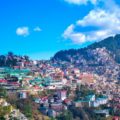Landslide-Prone Hill Stations in India to Avoid During Monsoon | Monsoon Travel Safety Tips (2025)
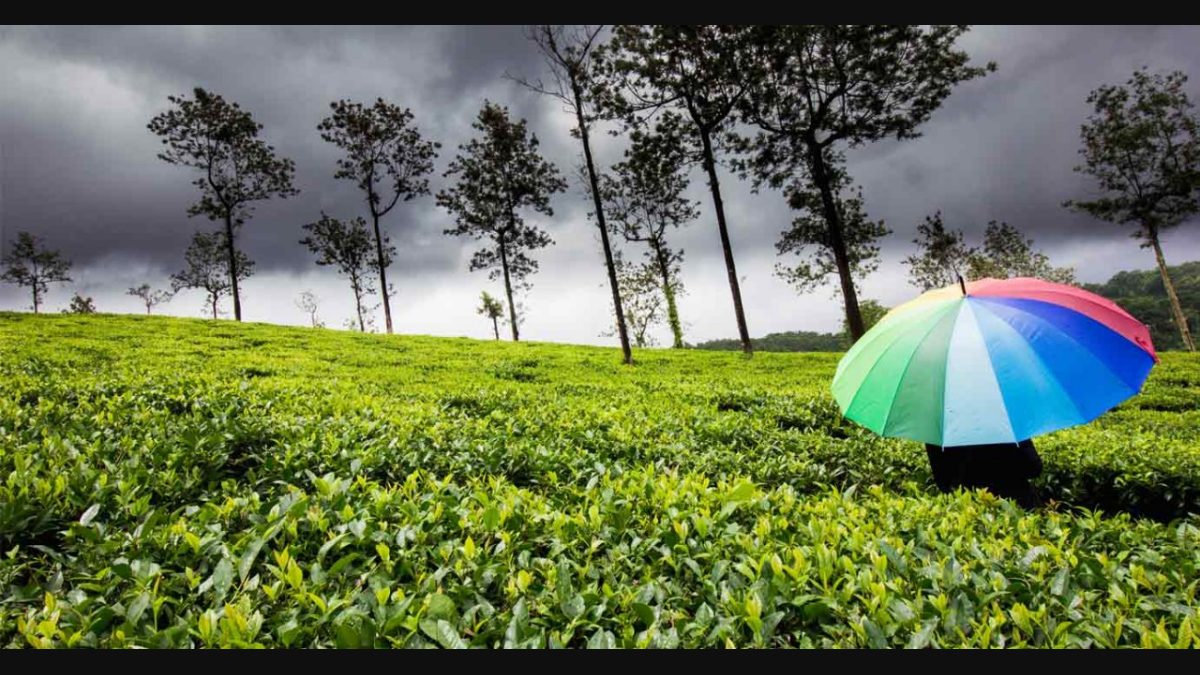
Landslide-prone hill stations in India become particularly dangerous during the monsoon season, transforming from serene getaways into potential hazard zones that travelers must approach with extreme caution. If there’s one thing more unpredictable than your weekend plans, it’s the rains in India, especially when you’re heading to these elevated destinations between July and September.
The romance of rain-soaked hill stations often clouds our judgment about the very real dangers that monsoons bring to these elevated paradises. As the weather in July transitions into the full monsoon fury, landslide-prone hill stations across the country shift from picture-perfect places to visit in July to locations requiring serious safety considerations. Many travelers, especially first-timers planning their monsoon season adventures, don’t realize that several of India’s most popular hill stations sit precariously on unstable geological formations.
The very mountains that offer breathtaking vistas become treacherous when the rains in July 2025 and beyond unleash their full force. While social media showcases the monsoon season as the perfect time to sip chai with a view, ground reality demands a different approach: check for landslide alerts and weather conditions before venturing to these destinations.
From Himachal Pradesh’s popular hill stations to the cool hill stations in South India, many destinations face nature’s wrath during the rains in India through slippery roads, sudden road closures, and dangerous flash floods. Understanding the weather in July and the intensifying monsoon patterns helps travelers make informed decisions about their hill station visits.
Does this mean you should abandon your monsoon travel plans entirely? Not necessarily. But knowing which landslide-prone hill stations to avoid during the rainy season—and understanding the risks associated with places to visit in June and beyond—might just save your vacation, and possibly much more.
In this Blog
Not Safe Hill Stations During Monsoon in India 2025
While hill stations in India offer a welcome respite from the sweltering heat, not all are safe havens when the clouds burst. Here’s a rundown of popular destinations that become particularly treacherous during the monsoon months:
🏔️ Hill Stations July 2025
Quick Safety Guide for Monsoon Travel
Risk Levels
Manali in July 2025
Manali in July can be as moody as a soap opera plot twist. Manali’s emerald landscapes turn dangerously unstable during heavy monsoon rains. The Beas River, usually a gentle companion to this Himachali paradise, can transform into a raging torrent within hours. The Manali-Leh highway, already challenging to navigate, becomes particularly hazardous with frequent landslides near Rohtang Pass.
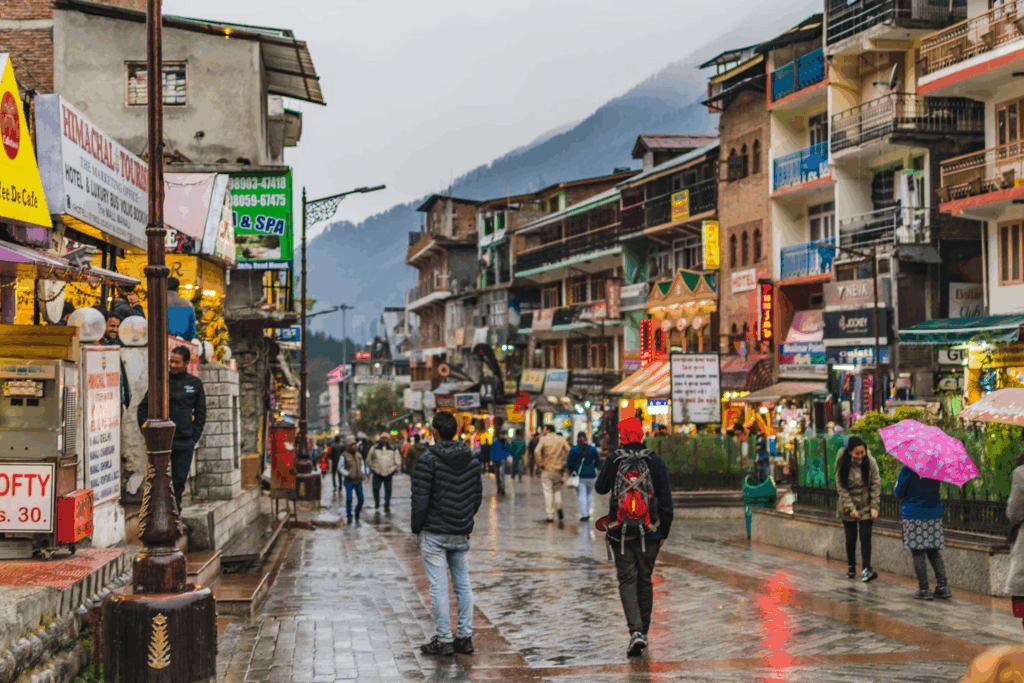
Picture Credits: vishalbhutani via Unsplash
Recent years have seen multiple roadblocks due to landslides along the Kullu-Manali route, sometimes trapping tourists for days. Weather experts consistently warn about the weather conditions in Manali in July, with rainfall averages reaching 257mm during the peak monsoon. If Manali is on your bucket list, consider postponing until September, when Manali monsoon travel tips suggest the region becomes safer while retaining its post-rain lushness.
Local saying goes: “When the clouds descend in Manali, even the mountains don’t know where they’ll stand tomorrow.”
Shimla in July and August
Once the summer capital of British India, Shimla now struggles with severe infrastructure challenges during the monsoon. Many overlook Shimla off-season travel tips, but trust us—July isn’t the time to experiment. The iconic Mall Road and surrounding areas frequently experience waterlogging, while nearby roads suffer landslides. Shimla in July weather records show average rainfall exceeding 300mm, making it one of the wettest periods for this otherwise charming destination.

Picture Credits: Wikimedia Commons
The roads connecting Shimla to neighboring towns like Kufri and Narkanda become particularly vulnerable to landslides. The historic ridge area, though built on relatively stable ground, isn’t immune to the problems that plague this landslide-prone hill station during heavy downpours.
Consider this: In recent monsoons, multiple incidents of land subsidence have damaged heritage buildings along Shimla’s famous slopes.
Mussoorie in July
Despite its title as “Queen of the Hills,” Mussoorie sits on relatively young Himalayan terrain that’s particularly susceptible to erosion. The Kempty Falls road and the winding path to nearby Dhanaulti become especially dangerous during monsoon, with multiple landslide-prone sections.
Mussoorie in July typically sees around 330mm of rainfall, causing frequent road closures along the Dehradun-Mussoorie highway. Mussoorie monsoon travel tips consistently highlight the dangers of the famous Camel’s Back Road, where water seepage weakens the already vulnerable mountainside.

Picture Credits: Wikimedia Commons
The hill station’s rapid urbanization has only worsened its monsoon vulnerability, with concrete structures adding weight to unstable slopes and inadequate drainage systems exacerbating water accumulation. Wait till post-monsoon or visit during winter to enjoy this classic hill station near Delhi in all its charming glory, minus the mud.
Darjeeling in July, August
The misty tea gardens of Darjeeling become rather treacherous when monsoon clouds gather over the eastern Himalayas. The narrow-gauge Darjeeling Himalayan Railway often suspends operations during peak monsoon due to track damage from landslides and soil erosion. Darjeeling in July weather statistics show rainfall averaging over 600mm, making it one of the wettest hill stations during monsoon. The roads connecting Darjeeling to Siliguri frequently face blockages, sometimes isolating the hill station for days. Darjeeling off-season travel tips recommend avoiding the period between mid-June to August unless absolutely necessary.

Picture Credits: yan_slg via Unsplash
Many tea estate workers can recount harrowing tales of entire hillsides giving way during particularly heavy downpours, with the famous north-facing slopes being especially landslide-prone.
Nainital in July and August
Nainital’s geographical setting, nestled in a valley with a large lake at its center, creates unique monsoon challenges. The hill slopes surrounding the lake become particularly unstable after continuous rain, with historical records of devastating landslides dating back to the 1880s.
Nainital in July weather typically brings 300-350mm of rainfall, causing frequent road closures along both the Kathgodam and Haldwani approaches. Nainital monsoon travel tips consistently warn about the Mall Road area, which can experience flash floods during heavy downpours. Things to do in Nainital during monsoon are severely limited as boating often gets restricted and trekking becomes hazardous.
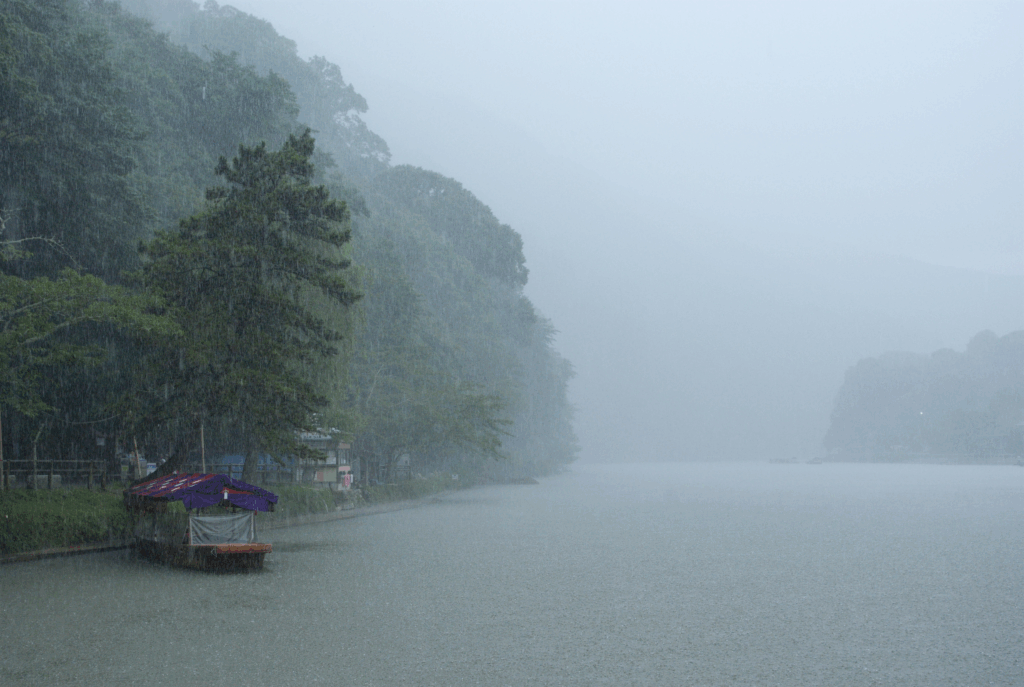
Picture Credits: Wikimedia Commons
The 2013 Uttarakhand floods served as a stark reminder of how quickly weather conditions can deteriorate in this otherwise picturesque lake district.
Trip to Munnar in July 2025
The rolling tea plantations of Munnar become particularly landslide-prone during the southwest monsoon. The Kochi-Munnar highway frequently experiences blockages, with the ghat sections being especially vulnerable. Munnar monsoon travel tips often highlight the dangers of visiting attractions like Top Station and Echo Point during heavy rainfall.
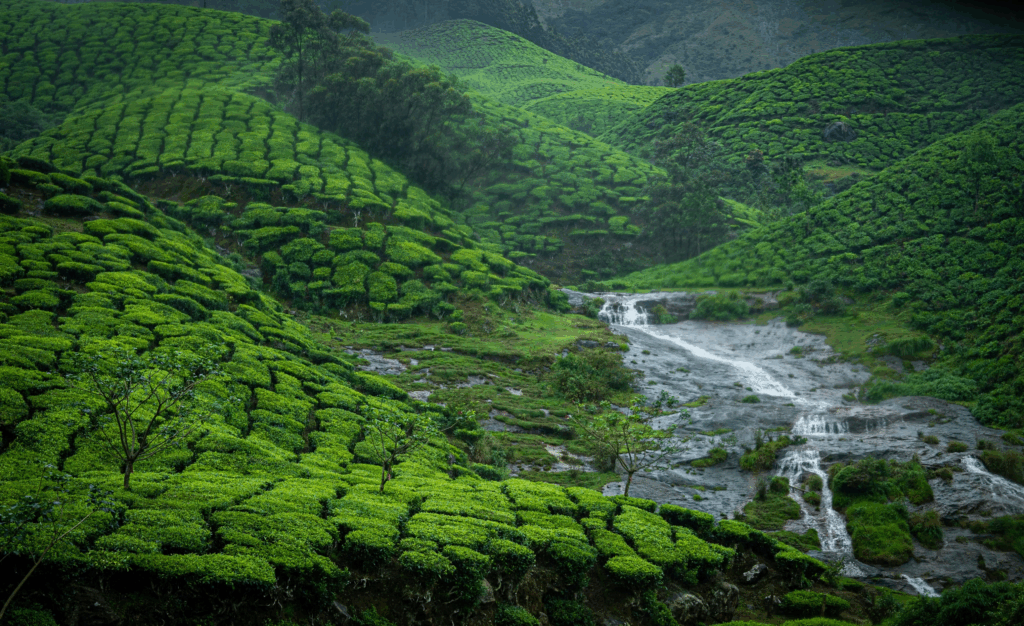
Picture Credits: Gigin Krishnan via Unsplash
Recent years have seen significant landslides in the Idukki district, where Munnar is located, sometimes causing casualties among both locals and tourists. The narrow mountain roads, already challenging to navigate, become extraordinarily dangerous when visibility drops due to heavy fog and rain. Despite its lush beauty, Munnar’s steep terrains cannot always handle the monsoon’s fury. Opt for the best time to visit Munnar—post monsoon or winter.
Monsoon in Ooty 2025
The queen of hill stations in South India isn’t immune to monsoon troubles. While not as severely affected as its northern counterparts, Ooty still experiences significant landslides, especially along the hairpin bends of the Kalhatty Ghat road. Ooty in July weather typically brings moderate but persistent rainfall, creating conditions for landslides in areas where excessive development has weakened natural slopes. The road connecting Ooty to Coonoor becomes particularly treacherous during heavy downpours, with several landslide-prone sections.

Picture Credits: Sreehari Devadas via Unsplash
The once-stable slopes of the Nilgiris have been increasingly reporting landslide incidents as climate patterns shift and unplanned construction continues to stress the natural terrain. Planning a one-day trip to Ooty? Better reschedule—it’s not worth risking safety for sightseeing.
Kalimpong Weather in Monsoon
Often overshadowed by nearby Darjeeling, Kalimpong faces similar, if not worse, monsoon challenges. This landslide-prone hill stations location on the ridge overlooking the Teesta River valley makes it particularly susceptible to landslides during heavy rainfall.

Picture Credits: Aditya Nara via Unsplash
Kalimpong off-season travel guide recommendations consistently suggest avoiding the June-August period, when roads connecting to Siliguri and Gangtok frequently get blocked by debris. The famous nurseries and orchid gardens that make Kalimpong special become difficult to access as smaller roads within the hill station also suffer damage.
Local knowledge points to the Durpin area as being especially landslide-prone, with historical incidents of major land subsidence during particularly heavy monsoon years.
Monsoon in Matheran
Even Matheran, famous for being Asia’s only automobile-free hill station, isn’t safe from monsoon fury. The narrow gauge toy train that normally delights visitors suspends operations during peak monsoon months due to track safety concerns. The walking paths that crisscross this charming hill station become slippery death traps during heavy rain, while viewpoints like Charlotte Lake and Echo Point become shrouded in thick mist that completely eliminates visibility. The red laterite soil that gives Matheran its distinctive color becomes dangerously unstable when saturated.
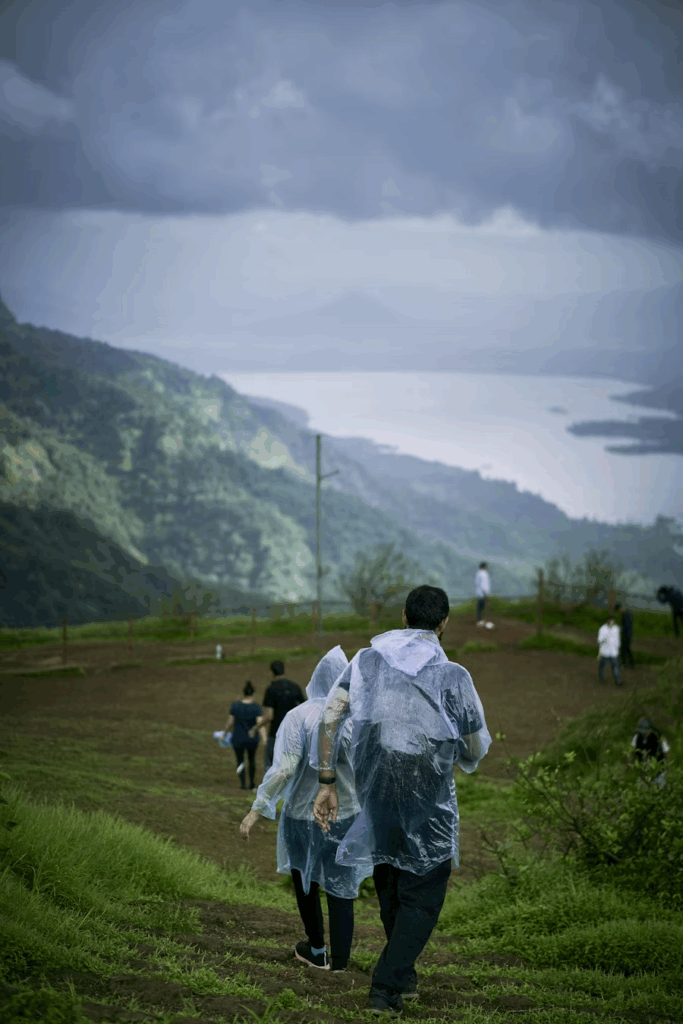
Picture Credits: Ashwini Chaudhary(Monty) via Unsplash
Maharashtra tourism authorities often close access to Matheran entirely during particularly severe weather warnings, acknowledging the landslide-prone nature of the approach roads. If you’re seeking hill stations near Mumbai or cool hill stations in India during monsoon, Matheran may not top the safe list.
Dharamshala in July
Home to monasteries, cricket stadiums, and mountain views, Dharamshala is a gem in Himachal—but a landslide-prone hill station during monsoon. The McLeodganj area becomes particularly vulnerable, with its steep slopes and relatively weak soil composition.

The Dharamshala-Mcleodganj road has multiple landslide-prone sections that frequently give way during continuous rain. The nearby Bhagsunag waterfall, while spectacular during monsoon, creates dangerous conditions in surrounding areas as water volume increases dramatically.
Trekking routes around Dharamshala become not just difficult but potentially life-threatening during monsoon, with several tragic incidents involving hikers who underestimated the dangers.
Finding Safer Ground: Monsoon Travel Alternatives
While landslide-prone hill stations should be approached with extreme caution during monsoon, not all elevated getaways carry the same risks. Consider alternatives like Coorg in Karnataka, which handles rainfall better due to its unique topography, or Mahabaleshwar post-September when the worst of the monsoon has passed but the scenery remains lush.
If you’re determined to experience the hills during rain, choose accommodations wisely—opt for properties on more stable ground rather than those perched precariously on hillsides. Always check weather forecasts and road conditions before starting your journey, and be prepared to alter plans if conditions deteriorate.
Remember that while monsoon transforms these landslide-prone hill stations into verdant paradises, the most breathtaking view isn’t worth risking safety. The mountains have stood for millions of years—they’ll still be there when you return during safer seasons. Monsoon travel in India is magical until nature throws in a landslide.
Frequently Asked Questions
– Check for landslide alerts and road conditions regularly
– Carry waterproof clothing and shoes
– Avoid traveling at night or during heavy rainfall
– Keep emergency numbers handy
– Choose centrally located accommodations
– These tips apply especially to hill stations in monsoon that are high-risk zones.
It depends. While the monsoon adds beauty, hill stations in India that are prone to landslides can be unsafe. Always check weather alerts, avoid remote or steep routes, and opt for safe hill stations during monsoon like Coorg, Yercaud, or Panchgani for a more secure travel experience.
The best time to visit Himachal Pradesh is from March to June and September to November. These months offer pleasant weather and lower chances of landslides, especially in regions like Shimla, Manali, and Dharamshala.
Yes, hill stations in South India like Yercaud, Kudremukh, and Agumbe can be safer than others. However, popular places like Ooty and Munnar may face landslides during peak rainfall. Always check local updates before traveling.
Most hill stations in India are built on steep slopes with loose soil, making them vulnerable during heavy rainfall. Deforestation, unplanned construction, and poor drainage systems also contribute to the frequent occurrence of landslides in the monsoon.




